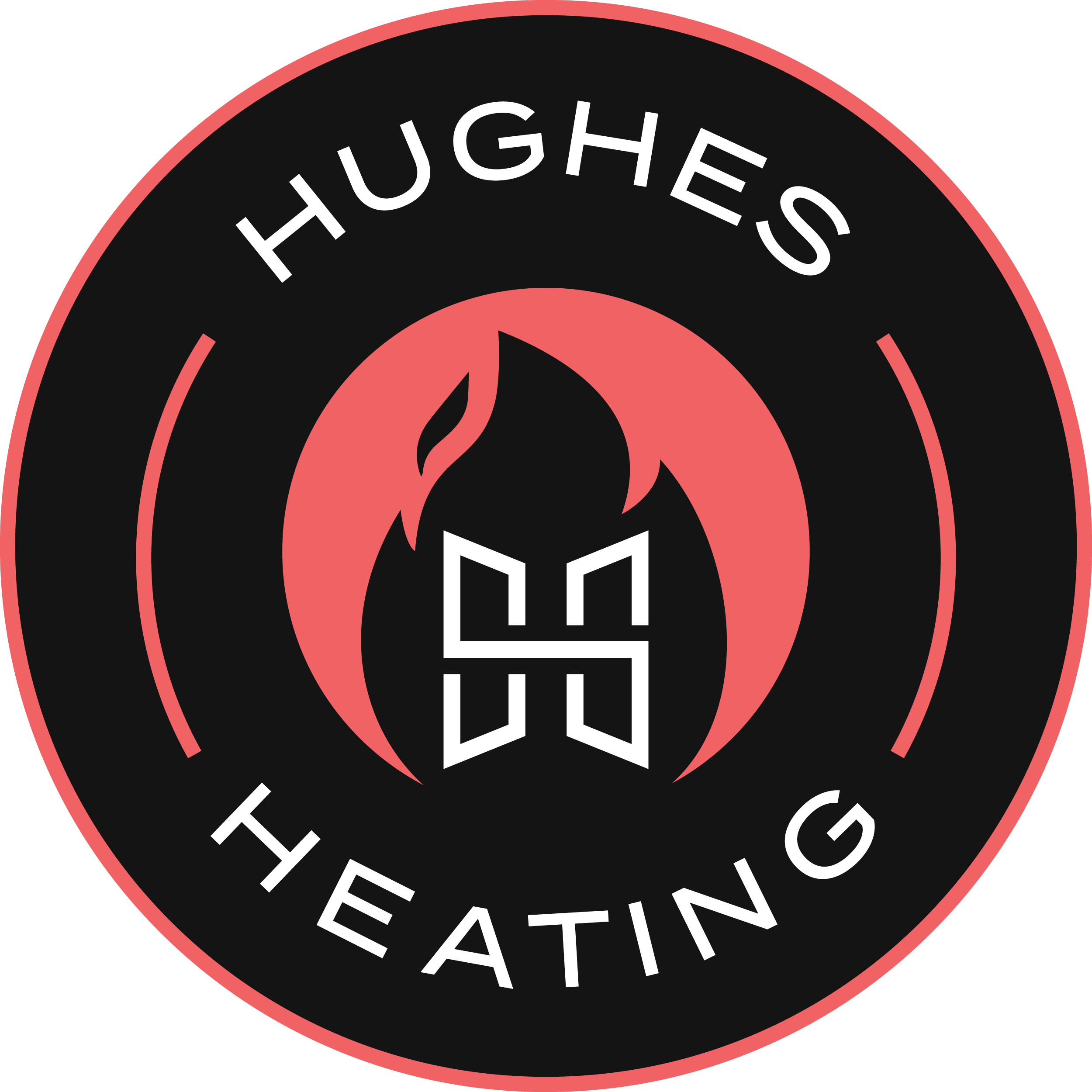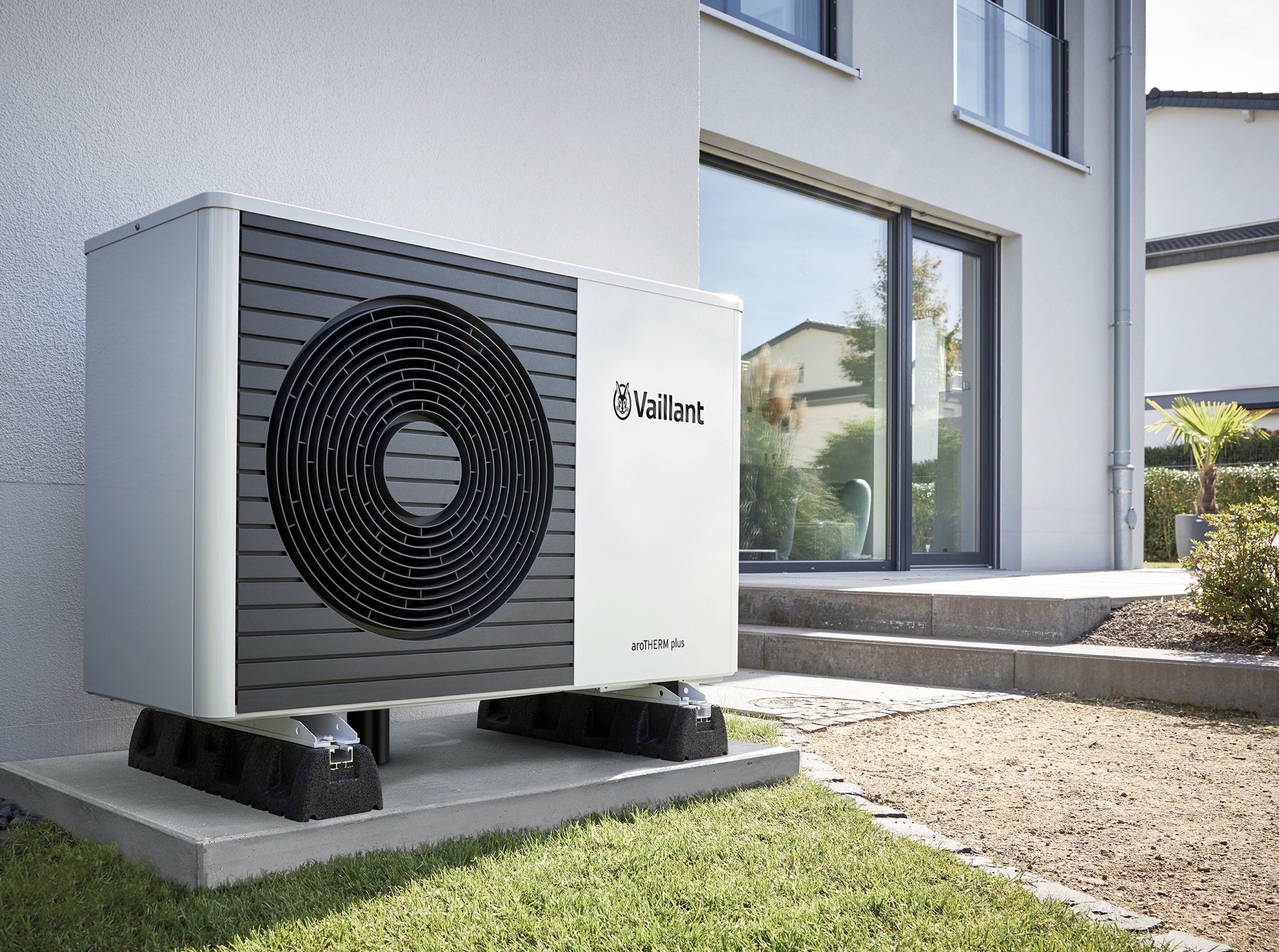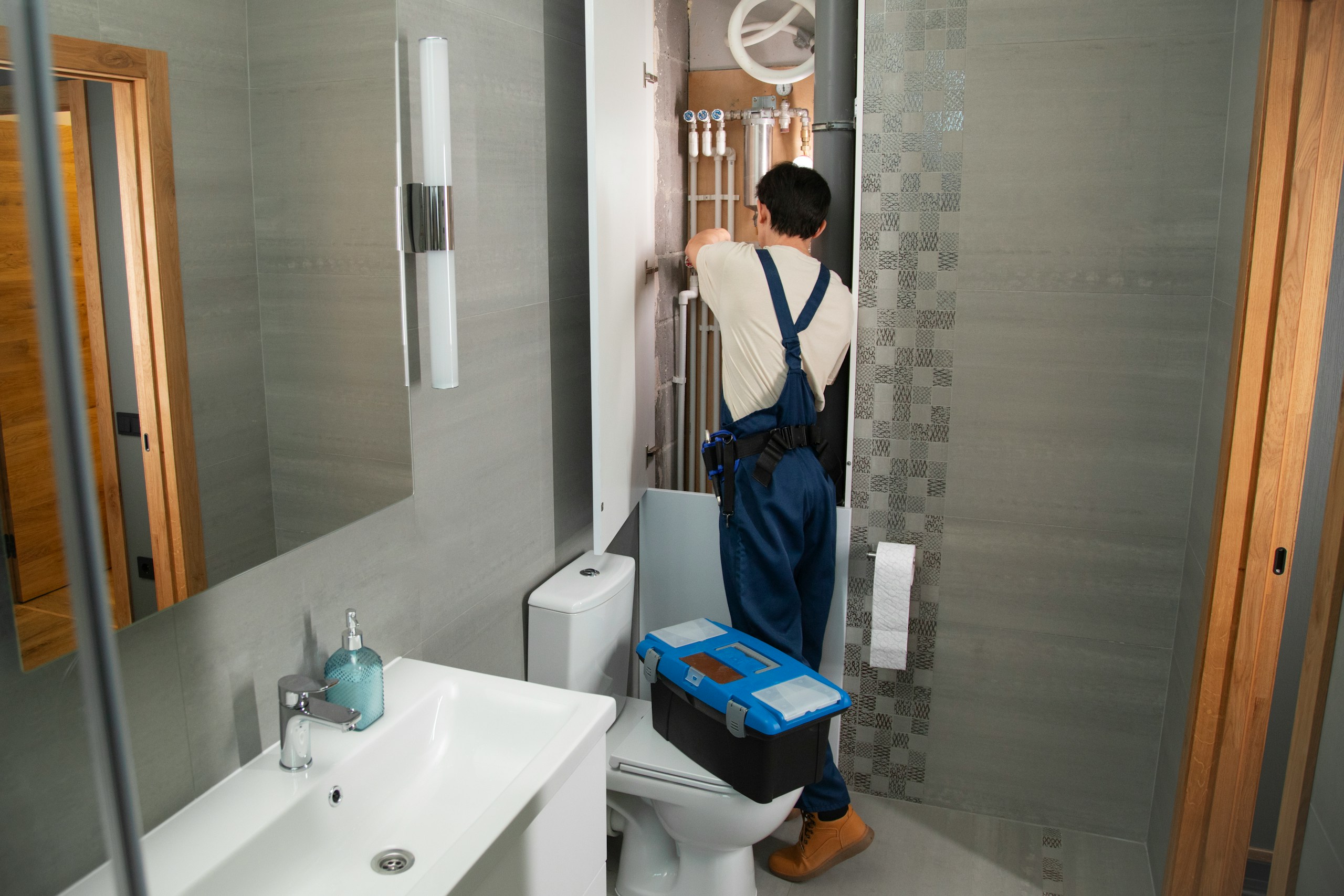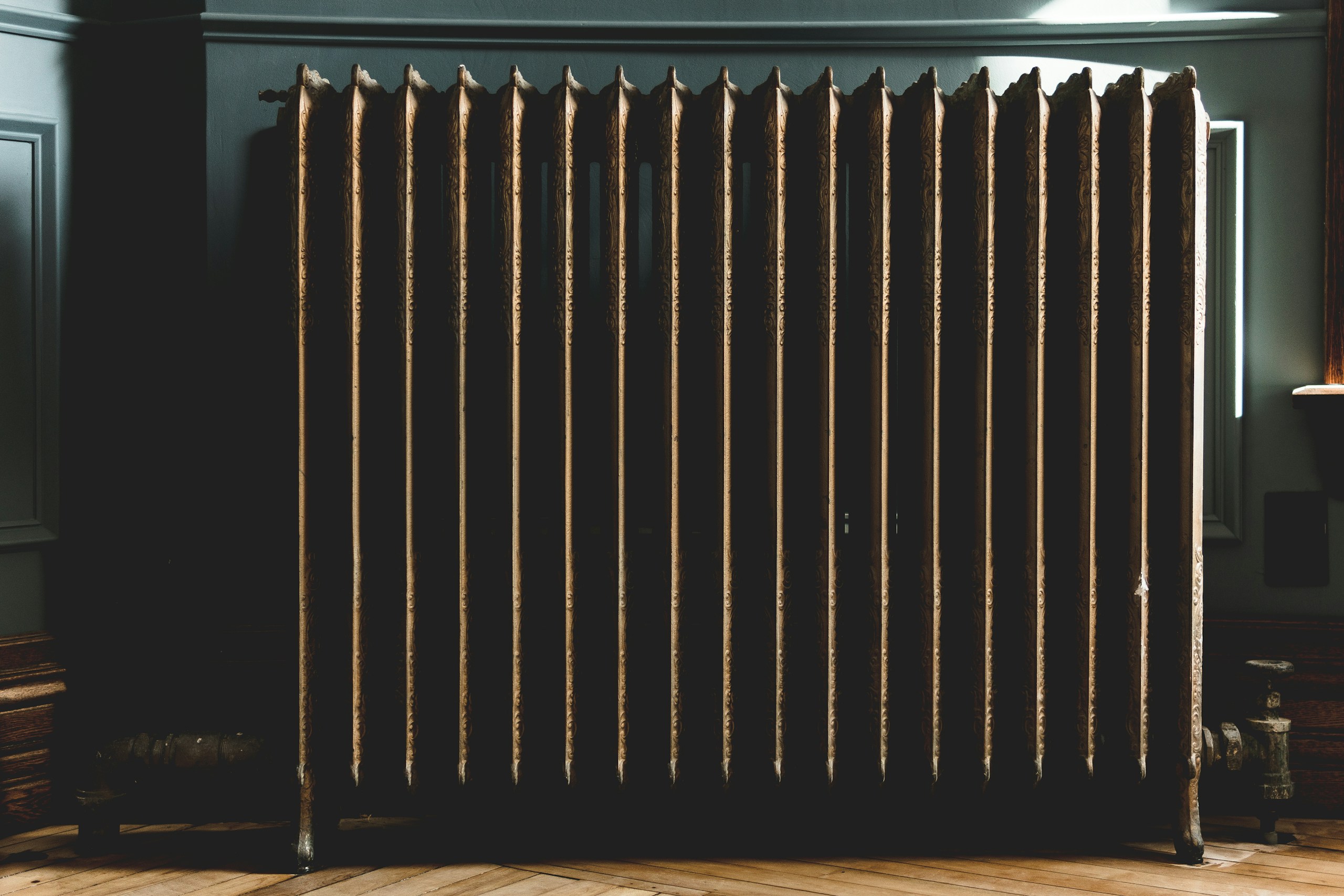Your neighbour’s been raving about their heat pump for months, but you’re still hearing whispers about frozen pipes, noisy units and sky-high bills. Meanwhile, the May 2025 planning regulation changes have suddenly made these systems accessible to millions more UK homes. So what’s actually happening behind those front doors where heat pumps are already running?
Let’s examine the concrete evidence from real installations and separate the engineering facts from neighbourhood folklore.
The Phantom Noise Problem
Here’s what nobody tells you about heat pump noise: it’s quieter than your dishwasher.
Modern air source heat pumps operate between 45-58 decibels. Your dishwasher hits 60 decibels. Your normal conversation reaches the same level. That humming refrigerator in your kitchen? It’s running at 50 decibels right now, and you’ve probably tuned it out completely.
The numbers get more interesting when you look at actual neighbour experiences. Research shows only 3% of homeowners can hear their neighbour’s heat pump, compared to 44% who regularly hear dogs. Think about that for a moment. (greenbuildingrenewables.co.uk)
But sound levels are just the beginning of heat pump engineering improvements over the past decade.
The recent regulatory changes allowing units up to 1.5 cubic metres (previously 0.6) mean manufacturers can now install larger, inherently quieter systems without planning permission. Bigger units run at lower speeds to achieve the same output, which naturally reduces noise generation. (vitoenergy.co.uk)
What we’re often hearing about “noisy heat pumps” stems from outdated information about first-generation units from the 2000s. Today’s systems bear little resemblance to those early models.
Performance When It Matters
Modern heat pumps don’t just survive British winters they actually thrive in them.
Data from 550 real-world installations shows heat pumps maintaining a Coefficient of Performance of 2.7 between 5°C and -10°C. That means 270% efficiency even when it’s properly freezing outside. For context, UK winter temperatures typically range between 2-7°C, placing our climate well within the optimal performance zone.
The engineering here is straightforward: these systems extract free energy from ambient air even at sub-zero temperatures. They continue operating down to -20°C, though efficiency gradually decreases.
Here’s the perspective that changes everything: heat pumps are successfully heating homes in Alaska, Norway, Finland and Sweden. If they’re working in climates far harsher than ours, the “UK winter problem” simply doesn’t exist with current technology. (sustainabilitybynumbers.com)
This cold-weather reliability makes existing home upgrades more viable than most people assume.
The Retrofit Reality
The “new build only” assumption has been holding back thousands of perfectly suitable homes across Kent and beyond.
Recent pilot projects in Gravesham Borough Council have successfully retrofitted challenging housing types that were previously considered incompatible. The key lies in understanding what actually needs upgrading versus what works fine as-is.
Type 21 and 22 double panel radiators often work effectively with proper sizing calculations. Fan-assisted radiators perform optimally at the lower temperatures (35-45°C) that heat pumps provide. You’re not necessarily looking at a complete heating system replacement.
The practical approach involves:
-
Professional heat loss calculations for accurate sizing
-
Radiator assessment and selective upgrades where needed
-
Insulation improvements that benefit any heating system
-
Integration with existing hot water arrangements
Modern heat pump installations adapt to your home’s existing infrastructure rather than demanding complete reconstruction. The engineering has become sophisticated enough to work with, not against, typical UK housing stock.
Once properly installed, the energy mathematics become compelling.
Energy Bills
Heat pump efficiency isn’t marketing speak it’s measurable physics working in your favour.
Whilst gas boilers achieve around 90% efficiency at best, air source heat pumps deliver 200-400% efficiency. For every unit of electricity consumed, you’re getting 2-4 units of heat output by extracting free energy from outside air.
The mathematics are straightforward: you’re paying for one unit of energy and receiving multiple units of heating. This isn’t some future technology promise it’s happening right now in homes across Ashford and throughout the UK.
Even accounting for electricity versus gas pricing differences, the efficiency advantage creates measurable savings for most households. The exact figures depend on your current system, usage patterns and energy tariff arrangements, but the fundamental physics remain constant.
These impressive numbers come with surprisingly straightforward upkeep requirements.
Maintenance Myths (Less Drama, More Data)
Professional analysis confirms heat pumps don’t require more intensive maintenance than traditional heating systems.
The standard schedule involves twice-yearly servicing typically spring and autumn checks that align with seasonal transitions. This matches conventional boiler maintenance routines that responsible homeowners already follow.
Proper maintenance prevents major breakdowns and ensures efficient operation, just like any HVAC system. There’s no evidence supporting claims about “high maintenance” requirements or constant professional interventions.
The May 2025 planning changes have also simplified professional installation access, making qualified servicing more readily available as the market expands. (vitoenergy.co.uk)
What’s really stopping you from upgrading to technology that’s already working quietly next door?
Moving Forward
The engineering challenges that once limited heat pump adoption have largely been solved. Current systems operate quietly, perform reliably in British winters, adapt to existing homes, deliver measurable efficiency gains and require standard maintenance practices.
The May 2025 regulatory changes have removed the final bureaucratic barriers, opening heat pump installation to properties that were previously restricted. For Ashford homeowners, this represents an unprecedented opportunity to upgrade to proven technology that’s already demonstrating its worth in thousands of local installations.
The question isn’t whether heat pumps work the data confirms they do. The question is whether you’re ready to benefit from engineering that’s already succeeding in your neighbourhood.
Hughes Heating brings decades of certified expertise to Ashford and surrounding Kent areas, helping homeowners with the transition to efficient heat pump technology. From initial assessments to professional installation and ongoing maintenance, their local team understands exactly what works in Kent homes.
Don’t let another winter pass with outdated heating technology. Contact Hughes Heating today for a no-obligation consultation and discover how heat pump efficiency can transform your home’s comfort and energy costs.





